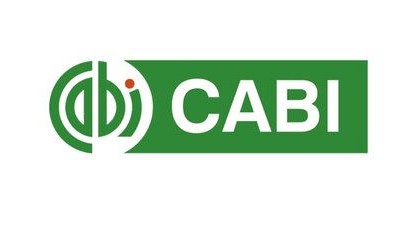QUANTITATIVE STRUCTURE-FRAGMENTATION RELATIONSHIP TECHNIQUE APPLIED FOR DISCRIMINATION OF cis-ï¢-OCIMENE AND trans-ï¢-OCIMENE FROM LAVENDER OIL
Keywords:
quantitative structure-fragmentation relationship, quantum chemical calculation, differential mass spectrometry, lavender oil, ocimeneAbstract
Elucidation by mass spectrometry of isomeric structures only by using a library search presents difficulties due to the high similarity of the spectra. So, the GC-MS analysis of trans-b-ocimene and cis-b-ocimene, biologically active compounds from lavender oil, offers contradictory results when are used mass spectral libraries and retention indeces database. Under these circumstances, supplementation of analysis with an independent path is absolutely necessary to clarify the configuration of these compounds. Quantitative structure-fragmentation relationships (QSFR) techniques offer such a possibility. These techniques use thermochemical data obtained through quantum chemical calculation (QCC) for structures which should be discriminated against. In our paper we opted for an ordering algorithm (ORD) which gives good results in the case of high similarity spectra. ORD uses the inverse sorting of the relative intensities’ row of the main isobaric ions with the corresponding enthalpies’ row. The result thus obtained validates the structures achieved by retention indices. One of the advantages of this approach is that the use of these three analytical variants can provide high accuracy of analysis without the direct use of chemical standards.
Â
References
Bettendorf, C., Dinca, N., 2007. Verfahren zur
Identifizierung chemischer Strukturen basierend auf Differential-Massen- spektren. DE102005028944-A1.
Dinca, N., Covaci, A., 2012. Structural identification by differential mass spectrometry as a criterion for selecting the best quantum chemical calculation of formation enthalpy for tetrachlorinated biphenyls. Rapid Commun. Mass Spectrom.
, 2033-2040.
Dinca, N., Dragan, S., Dinca, M., Sisu, E., Covaci, A., 2014. New Quantitative Structure- Fragmentation Relationship Strategy for Chemical Structure Identification Using the Calculated Enthalpy of Formation as a Descriptor for the Fragments Produced in Electron Ionization Mass Spectrometry: A Case Study with Tetrachlorinated Biphenyls. Anal. Chem. (Washington, DC, U. S.) 86,
-4955.
Rocha, G.B., Freire, R.O., Simas, A.M., Stewart, J.J.P., 2006. RM1: A reparameterization of AM1 for H, C, N, O, P, S, F, Cl, Br, and I. J. Comput. Chem. 27, 1101-
Stein, S., 2012. Mass Spectral Reference Libraries: An Ever-Expanding Resource for Chemical Identification. Anal. Chem. 84,
−7282.
Downloads
Published
Issue
Section
License
Please send the manuscript prepared with the MSWord Template, together with the Cover Letter to the editor-in-chief:
Dana Copolovici (e-mail: dana.copolovici@uav.ro)






